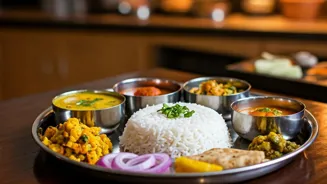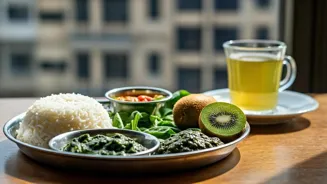Discover the art of dining out healthily with these 10 tips. Plan ahead, control portions, and make smart choices to savor meals guilt-free. Read on for a delightful journey towards balanced dining habits
Eating out has become a common part of Indian life, whether it's a quick lunch with colleagues, a family dinner on weekends, or celebrating special occasions. However, restaurant food can often be heavy on oil, sugar, and salt, making it a challenge to maintain a healthy diet. But don’t worry!
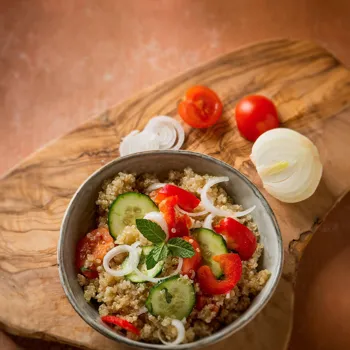
With a few smart strategies, you can absolutely enjoy dining out without compromising your well-being. Here are ten simple tips to help you navigate restaurant menus and make healthier choices.
Plan Ahead and Browse the Menu Online
In this digital age, most restaurants have their menus available online. Before you even step foot in the restaurant, take some time to browse their website or app.
This allows you to make informed decisions and avoid impulsive ordering when you are already hungry and tempted by delicious-looking but potentially unhealthy options. Look for dishes with lots of vegetables, whole grains, and lean protein sources.
Checking the menu beforehand can also help you identify restaurants that offer healthier options, such as salads, grilled items, or dishes with lighter sauces. This proactive approach will set you up for success and make it easier to stick to your health goals.
You will avoid the last minute decision making, when you are more likely to get swayed with what others are ordering.
Be Mindful of Portion Sizes
Restaurants are notorious for serving generous portion sizes, often much larger than what you actually need. One of the easiest ways to eat healthier when dining out is to be mindful of how much food you're consuming.
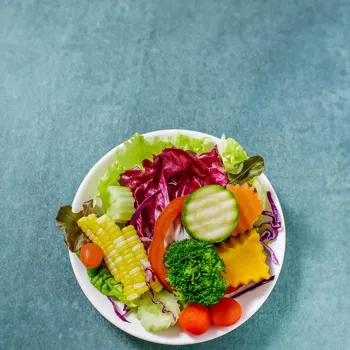
Don’t be afraid to order an appetizer as your main course or split an entree with a friend or family member. Another trick is to ask for a takeaway container when your food arrives and immediately pack half of your meal to take home.
This way, you can enjoy your meal without overeating and have a delicious lunch for the next day. Listening to your body's hunger cues is crucial. Stop eating when you feel satisfied, not stuffed. Remember, it's perfectly okay to leave food on your plate.
Choose Healthier Cooking Methods
Pay attention to how the food is prepared. Opt for dishes that are baked, grilled, steamed, or roasted rather than fried or pan-fried. These cooking methods typically use less oil and fat, making them a healthier choice.
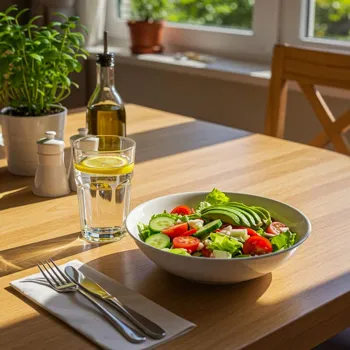
For example, instead of ordering fried vegetable pakoras, choose a tandoori grilled vegetable platter. When ordering a salad, ask for the dressing on the side so you can control how much you use.
Be cautious of dishes described as "creamy," "crispy," or "buttery," as these usually indicate high levels of fat and calories. Don't hesitate to ask the waiter or server to inquire about the preparation methods if you're unsure.
Load Up on Vegetables
Vegetables are your best friends when eating out. They are low in calories and packed with vitamins, minerals, and fiber. Look for dishes that are vegetable-rich, such as stir-fries with plenty of colorful veggies, salads with a variety of greens, or vegetable-based curries.
When ordering a main course, ask if you can substitute a side of fries or mashed potatoes with steamed vegetables or a side salad. In Indian cuisine, many restaurants offer delicious vegetarian options like vegetable biryani or dal makhani (although be mindful of the cream content in dal makhani).
Don't be shy about requesting extra vegetables – most restaurants will happily accommodate your request.
Beware of Hidden Sugars and Sodium
Restaurants often add hidden sugars and sodium to their dishes to enhance the flavor. Be particularly cautious of sauces, dressings, and marinades, as they can be loaded with both. Read menu descriptions carefully and ask your server about the ingredients if you're concerned.

Opt for dishes with simple sauces or ask for sauces and dressings on the side. When it comes to beverages, avoid sugary sodas and juices and opt for water, unsweetened iced tea, or sparkling water with a slice of lemon or lime.
Similarly, watch out for sodium-bomb appetizers like papads with chutney, which can deceptively load you up with salt before your main course even arrives.
Make Smart Substitutions
Don't be afraid to ask for substitutions to make your meal healthier. For instance, you can swap white rice for brown rice or quinoa, ask for whole wheat bread instead of white bread, or request that your dish be prepared with less oil or butter.
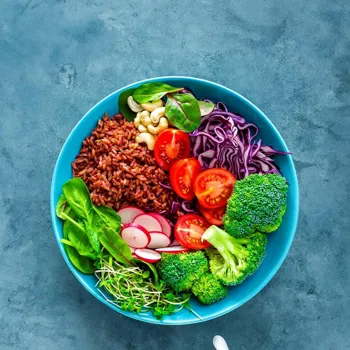
If a dish comes with a rich sauce, ask if you can have a lighter sauce or a tomato-based sauce instead. If you're ordering a pizza, ask for less cheese or choose a thin-crust option. Small substitutions can make a big difference in the overall nutritional value of your meal.
Remember, you're the customer, so don't hesitate to customize your order to fit your health needs.
Choose Lean Protein Sources
Protein is essential for building and repairing tissues, and it also helps you feel full and satisfied. When dining out, opt for lean protein sources such as grilled chicken, fish, tofu, or lentils. Avoid fried or breaded protein options, as they tend to be higher in fat and calories.
In Indian cuisine, paneer (Indian cheese) can be a good source of protein, but be mindful of how it's prepared. Opt for paneer tikka or grilled paneer dishes rather than those cooked in creamy sauces.
When ordering a vegetarian meal, ensure it includes a good source of protein, such as dal, chickpeas, or beans.
Control Your Drink Intake
Beverages can be a significant source of empty calories and added sugars. Avoid sugary sodas, juices, and alcoholic beverages, as they can quickly add up. Instead, opt for water, unsweetened iced tea, or sparkling water with a slice of lemon or lime.

If you do choose to drink alcohol, do so in moderation and be mindful of the calories in different types of alcohol. For example, a glass of dry wine is generally a healthier choice than a sugary cocktail. Staying hydrated with water will also help you feel full and prevent overeating.
Be Mindful of Appetizers and Desserts
Appetizers and desserts are often loaded with calories, fat, and sugar. Be mindful of what you order and try to choose healthier options. For appetizers, opt for a vegetable platter with hummus or a small salad. Avoid fried appetizers or those with creamy dips.
When it comes to desserts, consider sharing a dessert with a friend or family member, or opt for a fruit-based dessert like grilled pineapple or a small portion of kheer (Indian rice pudding) with less sugar. Alternatively, you can skip dessert altogether and enjoy a cup of herbal tea.
Don't Deprive Yourself Completely
The key to healthy eating is balance. Don't feel like you need to deprive yourself completely when dining out. It's okay to indulge in your favorite foods occasionally, as long as you do so in moderation.
If you know you're going to have a rich dessert, try to choose healthier options for your appetizer and main course. The goal is to make mindful choices and enjoy your meal without feeling guilty or compromising your health goals.
Remember, it's all about finding a sustainable and enjoyable approach to healthy eating.








